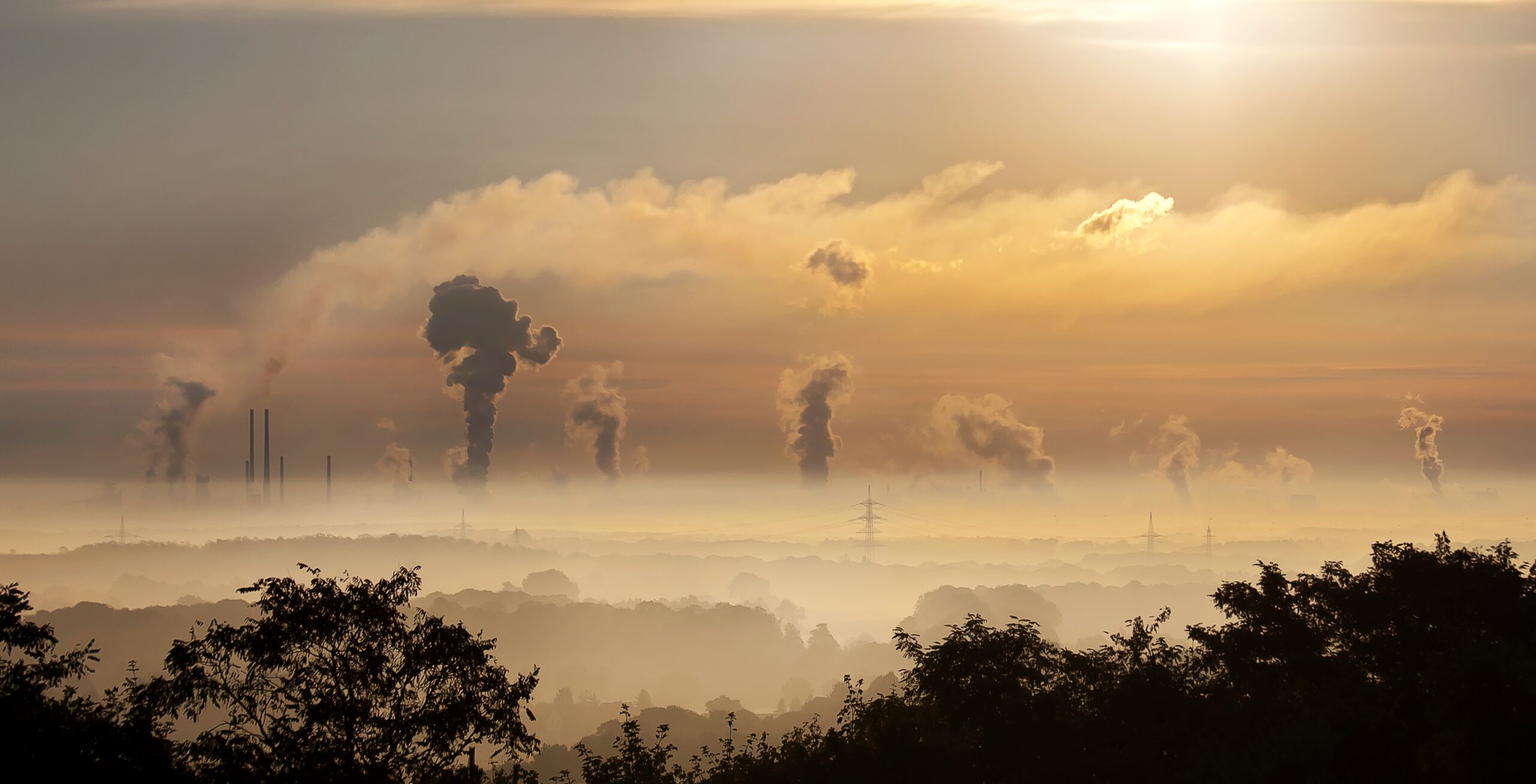HOW DOES THE FASHION INDUSTRY INFLUENCE THE ENVIRONMENT?
Date
- Published July 1st, 2020
‘We have forgotten how to be good guests, how to walk lightly on the earth as its other creatures do’
Barbara Ward

In 2020, short-term consumer needs have become so important, that we have lost sight of the true negative impact on our environment. Clothing accounts for between 2% and 10% of the environmental impact of EU consumers, fact. In 2015, the global textiles and clothing industry was responsible for the consumption of 79 billion cubic metres of water, 1715 million tons of CO2 emissions and 92 million tons of waste, another fact. What is more, these numbers are most likely to increase by at least 50% by 2030, if no change will come on our end. Mass productions are becoming more and more foul by the use of at least 8,000 synthetic chemicals, which are harmful for not only humans, but also plants and animals, discharging poisonous wastewater into rivers and releasing millions of tons of greenhouse gases into the atmosphere. Besides, thousands of hectares of forests are cleared to make space for plantation of wood-based fabrics such as viscose and rayon. Every year, more than 120 million trees are cut down to make our clothing. Deforestation has a massive impact on the ecosystem.
The fashion industry is labelled the third largest user of water in the world, which is equal to 2 per cent of all fresh water extraction per year, and enough water to foresee 110 million people for a year. Dying can require up to 150 litres of water per kilogram of fabric, and one kilogram of raw cotton needs on average 10,000 litres of water to cultivate. Therefore, the cost of a 250-gram shirt, is 2700 liters of water. In developing countries, the waste that comes from this used water is often discharged unfiltered into waterways. Stated by the World Bank, 20 per cent of water pollution resulted from textile dying and treatment. The entire process of growing cotton puts pressure on local resources which are already scarce. The cut-offs that are left over after the patterns for the clothes have been cut out are also responsible for about 20% of the industry’s fabric waste.
According to a report by Ellen MacArthur Foundation, clothing accounts for at least 10 per cent of produced carbon emissions around the world. These greenhouse gases contribute significantly to the greenhouse effect, and causing an increase in global temperatures, also commonly known as global warming. It is estimated that one kilogram of fabric generates on average twenty-three kilograms of greenhouse gases. If 100,000 discarded textiles were to be reused or recycled, up to 11 tonnes of CO2 could be saved from entering the atmosphere.
Besides, every time you wash your clothes, mini microfibres come off your clothing. These mini fibres come off of both natural and synthetic fabrics. However, it’s the synthetic fabrics made from crude oil that cause most of the microplastics. One load of laundry of polyester clothes (also nylon and acrylic) can discharge 700.000 microplastic fibres, which releases toxins into the environment and can end up in human food chain, rivers and eventually our ocean.
The most commonly accepted estimate for the amount of plastic that ends up in the ocean each year is 8 million metric tons. Of that, microplastics are thought to make up an estimated 1.5 million tons, and a 2017 report by the International Union for Conservation of Nature estimated that about 35 percent of microplastics that enter the world’s oceans comes from synthetic textiles. In addition, according to a McKinsey Analysis, washing and drying one kilogram of garments over its entire life cycle can create up to eleven kilograms of greenhouse gases. The consumer is even accountable for half of the carbon dioxide in the fashion industry, as the wearing, washing, tumble drying, ironing and dry cleaning of clothes is most liable.
What is clear for now is that as long as the pandemic persists, emissions will remain lower, but when measures are eventually lifted, movement and travel behaviors will begin to return normal, but it would do the planet some good persisting with behaviors that have seen us witness clear blue skies and improved air quality in our cities. While many workplaces may have fully adopted to remote working reducing office commute, there is still the fear that many people might be encouraged to travel more again due to the cabin-fever of self-isolation or take up long-distance trips they had put off because of the coronavirus and causing more CO2 and greenhouse gases to be put back into the atmosphere.
At the moment, the coronavirus is having a negative impact on sustainability, as talk of global warming and the impending climate crisis have taken a back burner in people’s minds, as the more pressing concern of immediately saving lives takes precedence. It also threatens local efforts to meet the climate commitments (Sustainable Development Goals) that have already been made, such as delays in activity and enforcement duties.
It has made events that encourage discussions around climate difficult with mass gatherings prohibited. However, a silver lining is that digital activism is replacing the hitherto impossible physical protests. Another silver lining is that social science studies have shown that humans generally keep to habits having practiced them for a while. Based on that, these times could lead to the introduction of lasting helpful habits that coincidentally are good for the climate like less traveling and cutting down due to the shortages being experienced from stockpiling.
If there’s anything the coronavirus outbreak has shown, it Is the fact that if we treat the threat of climate change with the same urgency we are treating this health crisis, we could prevent an even worse future ahead. There is still hope since community action already taken will impact climate in the longer term. Self-isolation has afforded people a good opportunity to take stock of their consumption. Of course, no one would have wanted emissions to be lowered in this way. The coronavirus pandemic has taken a grim toll on lives, jobs, health services, and mental health. But if anything, we now know that communities and people look out for each other and this lesson will be invaluable in dealing with climate change.




